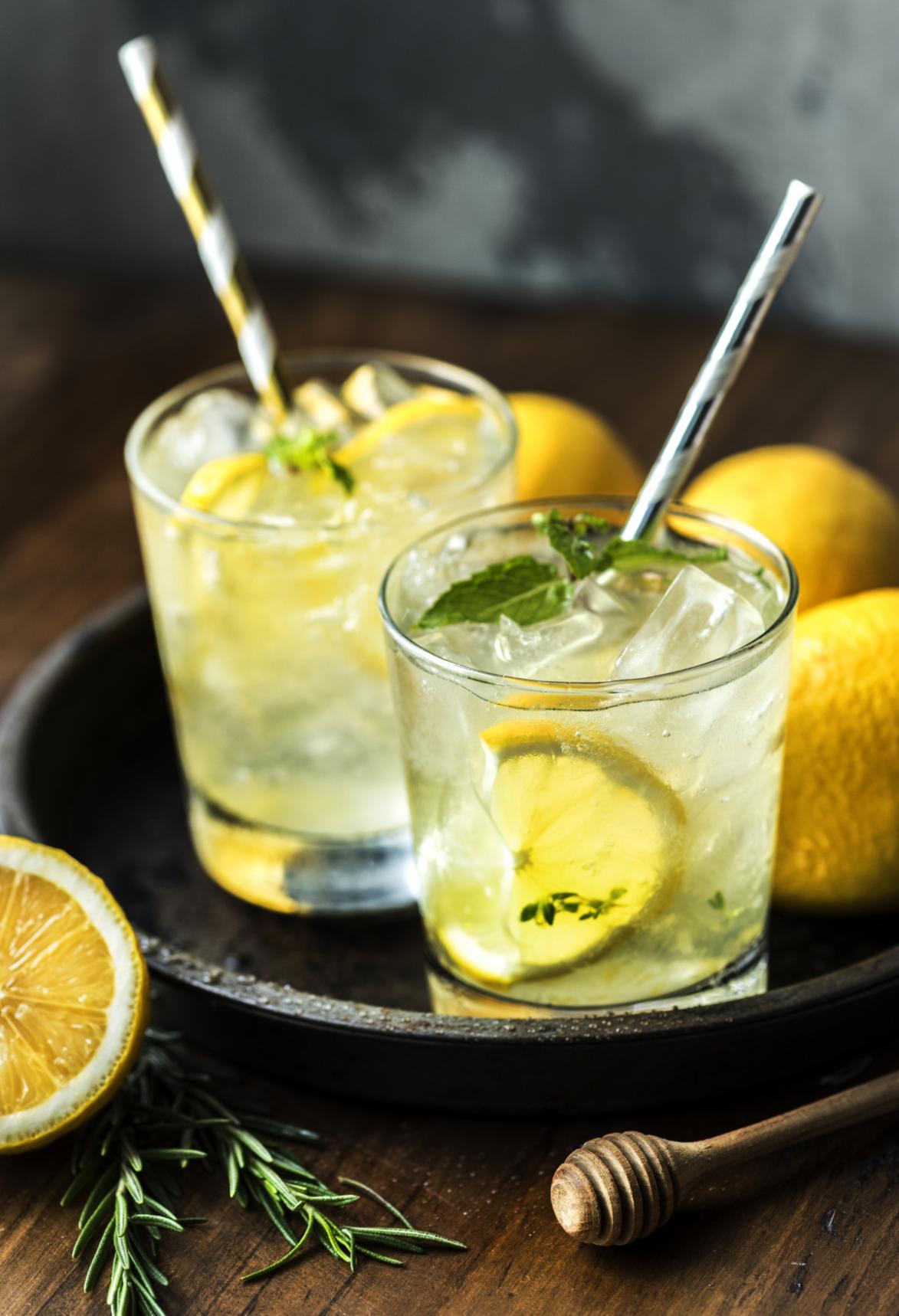The Science of Baking: Unveiling the Chemistry Behind Perfect Pastries and Breads
Baking is an art form that transforms simple ingredients into delectable treats. However, it's not just about following a recipe; it's about understanding the science behind the process to achieve consistent and delicious results. This article delves into the chemistry of baking, exploring the role of ingredients, chemical reactions, and factors that influence the outcome of your baked goods.

The Role Of Ingredients In Baking
The foundation of baking lies in a few essential ingredients: flour, water, yeast, sugar, and salt. Each ingredient plays a crucial role in the baking process:
- Flour: The backbone of baked goods, flour provides structure and gluten formation. Gluten, a protein network, gives baked goods their elasticity and chewiness.
- Water: Hydration is key in baking. Water dissolves ingredients, activates yeast, and helps form gluten. The amount of water used affects the texture and consistency of the final product.
- Yeast: The magic behind fermentation, yeast consumes sugar and produces carbon dioxide and alcohol. This process, known as leavening, causes baked goods to rise and become light and airy.
- Sugar: Not just for sweetness, sugar also contributes to browning and fermentation. It caramelizes during baking, adding color and flavor. Sugar also feeds the yeast, aiding in the leavening process.
- Salt: While salt enhances flavor, it also plays a crucial role in dough control. It strengthens gluten, regulates yeast activity, and helps baked goods retain moisture.
Chemical Reactions In Baking
Baking is a symphony of chemical reactions that transform ingredients into delectable treats:
- Gelatinization of Starch: As starch granules absorb water and heat, they swell and burst, thickening the mixture and providing structure. This process is responsible for the texture of baked goods.
- Denaturation of Proteins: Heat causes proteins to unfold and coagulate, resulting in structure formation. This process is crucial for the texture and stability of baked goods.
- Maillard Reaction: The reaction between amino acids and sugars during baking produces browning and a complex array of flavors. This reaction is responsible for the golden-brown crust and the characteristic flavors of baked goods.
- Caramelization of Sugar: When sugar is heated to high temperatures, it undergoes caramelization, resulting in a rich brown color and a distinctive flavor. This reaction contributes to the color and flavor of baked goods.
- Fermentation: Yeast consumes sugar and produces carbon dioxide and alcohol. This process causes baked goods to rise and become light and airy.
Factors Affecting The Baking Process
Several factors can influence the outcome of baking, requiring careful attention to detail:
- Temperature: Optimal temperature is crucial for yeast activity and chemical reactions. Too high temperatures can kill the yeast, while too low temperatures can hinder its activity.
- Time: Fermentation and baking times are critical for proper rising and browning. Under-fermentation can result in dense baked goods, while over-fermentation can lead to a sour taste.
- Mixing: Proper mixing techniques ensure even distribution of ingredients and development of gluten. Over-mixing can result in tough and dense baked goods.
- Humidity: Humidity affects dough hydration and crust formation. High humidity can result in a soft crust, while low humidity can lead to a hard and dry crust.
- Altitude: At higher altitudes, atmospheric pressure is lower, which affects the boiling point of water and the rate of chemical reactions. Adjustments to recipes may be necessary.
Troubleshooting Common Baking Problems

Even experienced bakers encounter problems occasionally. Here are some common issues and their potential causes:
- Dense or Heavy Baked Goods: Under-fermentation, incorrect ingredient ratios, or over-mixing can lead to dense and heavy baked goods.
- Dry or Crumbly Baked Goods: Insufficient hydration or over-baking can result in dry and crumbly baked goods.
- Flat or Unrisen Baked Goods: Lack of yeast activity, insufficient fermentation, or improper proofing can cause baked goods to remain flat or unrisen.
- Burnt or Overcooked Baked Goods: Excessive heat or baking time can result in burnt or overcooked baked goods.
- Soggy or Undercooked Baked Goods: Insufficient baking time or improper oven temperature can lead to soggy or undercooked baked goods.
Understanding the science of baking empowers bakers with the knowledge to create consistently delicious baked goods. By comprehending the role of ingredients, chemical reactions, and factors influencing the baking process, bakers can troubleshoot problems, experiment with flavors and techniques, and elevate their baking skills to new heights. Baking is both an art and a science, and with a deeper understanding of the underlying chemistry, bakers can unlock the secrets to creating perfect pastries and breads.

YesNo

Leave a Reply